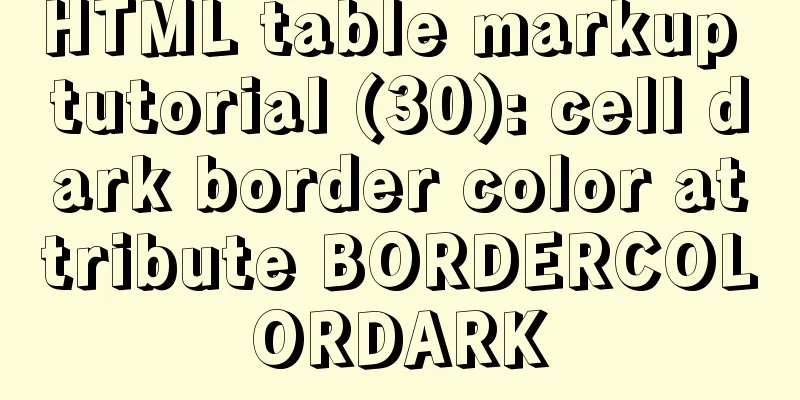What are the new CSS :where and :is pseudo-class functions?

What are :is and :where?
This probably doesn’t make much sense in terms of how it helps us write shorter selectors, so let’s try using How to use :is and :where?:where() can help us solve problems like this
.btn span > a:hover,
#header span > a:hover,
#footer span > a:hover {
...;
}Become something like this
:where(.btn, #header, #footer) span > a:hover {
...;
}
and :is() can help add the same to this example
is(.btn, #header, #footer) span > a:hover {
...;
}What is the difference between :isand :where? What is CSS specificity (in a nutshell)?There are four levels of specificity in CSS. Each level or category has a different score, and we can add up all the scores to calculate the specificity of the selector. The element with the highest number of selectors will have its styles applied to it, which is why sometimes when you write CSS, your styles won’t be applied and will show up as crossed out in the developer tools. Specificity rating score
For example
button.btn {
color: red;
}
.btn {
color: green;
}.btn = 10 button.btn = 1 + 10 = 11 If we put the As you can see, there are two different levels of specificity for pseudo-classes. This is because different pseudo-classes can have different levels of specificity, depending on which pseudo-classes you use and how you use them. This is the end of this article about what the newly added CSS :where and :is pseudo-class functions are. For more relevant CSS :where and :is pseudo-class function content, please search 123WORDPRESS.COM’s previous articles or continue to browse the related articles below. I hope that everyone will support 123WORDPRESS.COM in the future! |
<<: SQL query for users who have placed orders for at least seven consecutive days
>>: Vue elementUI implements tree structure table and lazy loading
Recommend
In-depth explanation of MySQL stored procedures (in, out, inout)
1. Introduction It has been supported since versi...
Detailed explanation of how to use join to optimize SQL in MySQL
0. Prepare relevant tables for the following test...
Steps to set up and mount shared folders on Windows host and Docker container
Programs in Docker containers often need to acces...
A brief analysis of adding listener events when value changes in html input
The effect to be achieved In many cases, we will ...
The tdwidth setting of the table in multiple divs is the same and cannot be aligned
Recently I found that even if the TD of the table ...
Quickly obtain database connection information and some extensions through zabbix
background As the number of application systems c...
How to enable slow query log in MySQL
1.1 Introduction By enabling the slow query log, ...
Window environment configuration Mysql 5.7.21 windowx64.zip free installation version tutorial detailed explanation
1. Download mysql-5.7.21-windowx64.zip from the o...
Detailed explanation of installing applications in Linux Centos7 without Internet connection
1. In the previous chapter, we learned that we ca...
Execute initialization sql when docker mysql starts
1. Pull the Mysql image docker pull mysql:5.7 2. ...
MySQL 8.0.22 installation and configuration method graphic tutorial
This article records the installation and configu...
A brief analysis of the examples and differences of using nohup and screen to run background tasks in Linux
Using SSH terminal (such as putty, xshell) to con...
MySQL NULL data conversion method (must read)
When using MySQL to query the database and execut...
Solution to the problem of stuck when clicking Select All in Element's shuttle box with large amount of data
Table of contents Solution 1: Copy the transfer c...
A few steps to easily build a Windows SSH server
The SSH mentioned here is called Security Shell. ...











